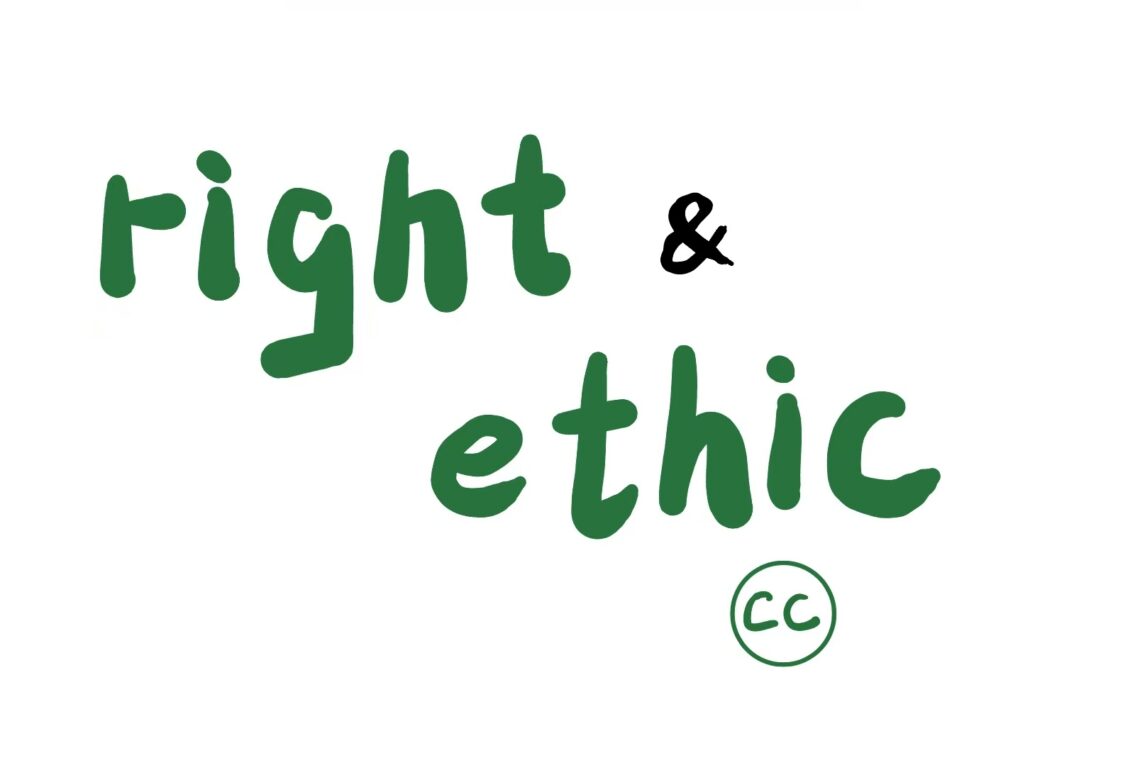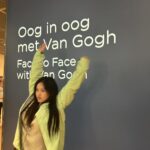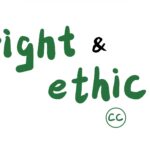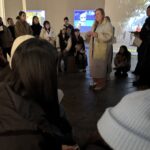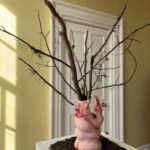In the process of planning exhibitions and courses, I have deeply realized that copyright and the right to use images are not only legal issues, but also core components of curatorial ethics. Every image of the works, every postcard and every derivative product in the exhibition must be used under the premise of respecting the rights of the creators. This is not only related to the interests of the artists, but also to the professionalism and sustainability of the exhibition project.
I. Legal Use of Artworks: From Concept to Practice
As a curator, I insist on abiding by the Copyright, Designs and Patents Act 1988 and relevant international copyright treaties, and strive to promote a fair cooperation mechanism with artists. In my curatorial projects, I pay particular attention to the legality of the following types of usage scenarios:
• Image display in the exhibition (digital projection and physical printing);
• Promotional materials (such as social media, posters, invitations);
• Exhibition derivatives (such as postcards, posters, etc.).
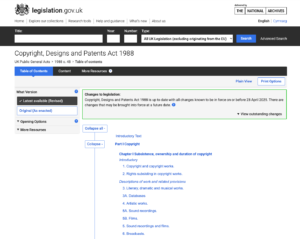
When the project reached the budget section, I investigated the copyright compliance process and searched for ways or channels through which the artist himself or his representative agency should communicate regarding the scope of use, the form of authorization, and the proportion of derivative product sharing, etc.
Ii. Access resources and professional platforms: Creative Scotland and AUS and Contract Toolkits
🟢 Creative Scotland
As the core institution for art funding and policy-making in Scotland, Creative Scotland provides detailed copyright guidance documents and funding policies. Through its official website, I obtained the procedures and templates for applying for the authorization to use artworks and for applying for support for exhibition projects.
https://www.creativescotland.com/funding/funding-programmes/open-funding/open-fund-for-individuals#downloads
I carefully browsed the website and found that one can apply for the Open Fund for Individuals and the National Lottery Open Fund for Organisations online
🟣Artists’Union of Scotland (AUS)
Scottish Artists’ Union Rates of pay
AUS provides artists with rights protection, contract advice and income negotiation support. I obtained guidance on the official website regarding the authorization process for image usage rights and how to formulate income guarantee terms for artists.
https://www.artistsunion.scot
References:
Creative Scotland National Lottery Open Fund for Organisations. 2024. https://www.creativescotland.com/funding/funding-programmes/open-funding/national-lottery-open-fund-for-organisations
The contract toolkit was written by lawyer Nicholas Sharp and art consultant Sheena Etches
https://itool.co.uk/contracts/1905.php
Iii. Practice of Artist Connection and Image Rights Negotiation
I am seeking matters regarding the authorization for the use of exhibition images and the signing of contracts for this exhibition. The following are several key cases:
Jamie Crewe – “False Wife” (2022)
The works of Jamie Crewe are usually managed by his representative institutions. You can obtain authorization through the following steps:
1. Contact representative offices: visit Jason Crewe’s official website (http://www.jamiecrewe.co.uk/false-wife-press-release.html) to obtain the representative agency contact information.
2. Submit the authorization request: Send a formal request to the representative office containing the following contents:
• The name and purpose of the exhibition
The specific use of the required image (for example, for exhibition display only or for derivatives)
• Term of use and scope
• Expected audience size and geographical scope
3. Sign the authorization agreement: After obtaining the initial consent, sign a formal authorization agreement with the representative office, clearly defining the terms of use, fees and other relevant conditions.
Margaret Salmon – “Hole” (2018)
The copyright of Margaret Salmon’s works is usually managed by the artist himself or his representative agency. You can obtain authorization in the following ways:
1. Contact the artist or representative offices: visit Dundee I Arts’s official website (https://www.dca.org.uk/exhibition-archive/margaret-salmon/) for contact information.
2. Submit an authorization request: Send a formal request to the artist or their representative institution, which includes exhibition details and a plan for image usage.
3. Negotiate licensing terms: Based on the feedback from the artist or representative agency, negotiate the scope of use, fees and other relevant conditions, and sign a formal licensing agreement.
Rachel Maclean – “Spite Your Face” (2017)
The works of Rachel Maclean are usually managed by her representative institution or related art institutions. You can obtain authorization through the following steps:
1. Contact representative office: Visit Edinburgh College of Art’s official website (https://www.trg.ed.ac.uk/exhibition/rachel-maclean-spite-your-face) to obtain representative agency contact information.
2. Submit an authorization request: Send a formal request to the representative office containing exhibition details and a plan for image usage.
3. Sign the authorization agreement: After obtaining the initial consent, sign a formal authorization agreement with the representative office, clearly defining the terms of use, fees and other relevant conditions.
STWST48x5 STAY UNFINISHED – “Unfinished Archive” (Conceptual Work)
The works of STWST are typically managed by their representative institutions or foundations. Authorization for exhibiting and using images of their works can be obtained in the following ways:
1. Contact Representative Offices: Visit the STWST official website for contact information and further details.
2. Submit an Authorization Request: Send a formal request to the representative office, detailing the exhibition and how the images will be used.
3. Negotiate Licensing Terms: Once receive feedback from the representative office, negotiate the terms of use, including the scope, fees, and any other conditions. A formal licensing agreement should be signed to ensure proper usage rights.
V. Derivatives Management and Income Guarantee for Artists
This exhibition has designed a range of derivative products including postcards, posters, and “Mood cocktail matching cards”. Before production, I hope to ensure copyright compliance through the following two ways:
1. Sign the Derivative Product License Agreement
2. Reasonable pricing and artist royalty sharing mechanism (40% of the income goes to the artist, and the payment cycle is once every quarter)
Furthermore, I specifically referred to the usage standards of Creative Commons (CC) to ensure that all the open-source images used were either CC0 licensed or explicitly accessible to the public domain.
Creative Commons. About CC Licenses. https://creativecommons.org/licenses
Vi. Outlook on Future Copyright Management
This exhibition not only enabled me to have an in-depth understanding of the legal process of image usage, but also made me develop the awareness of taking copyright management as the core issue of curatorial work. In future projects, I will:
• Set the time nodes for copyright assessment and image rights review in advance;
Strengthen the communication and win-win mechanism in artist negotiations;
Keep a close eye on international copyright trends and participate in relevant discussions or training sessions;
Explore new copyright management tools such as NFTS and digital image traceability.
Summary
This exhibition is not only my experiment in the content and form of curation, but also my in-depth practice in copyright and curatorial ethics. By consulting materials, seeking legal ways to negotiate with artists and institutions, obtaining legal authorization, drafting contracts, and paying royalties, I believe that every step of the exhibition can be ensured to be compliant, professional, and respectful of the rights and interests of artists.
